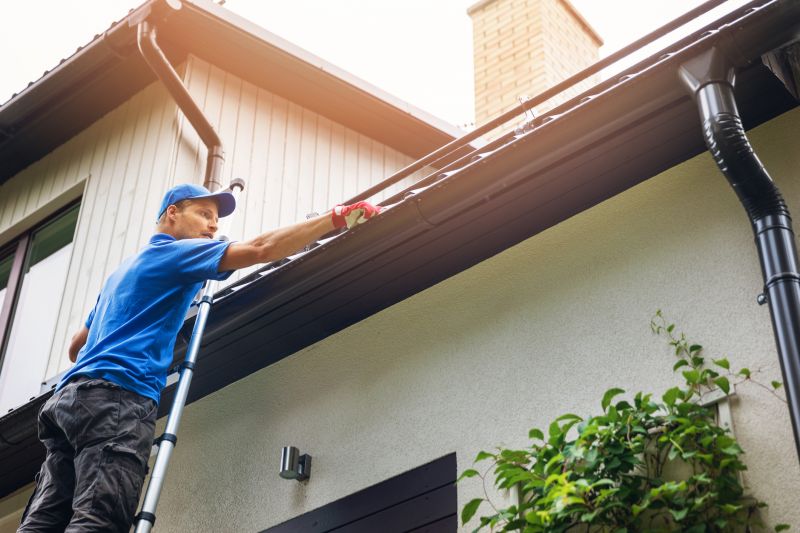Gutter Maintenance for Building Integrity

Spring is an ideal time to remove debris accumulated over winter and prepare for spring rains.

Fall cleaning helps clear leaves and organic matter that can clog gutters before winter sets in.

After heavy storms, gutter cleaning ensures that blockages are removed and water flows properly.

Ways to make Gutter Cleanings work in tight or awkward layouts.

Popular materials for Gutter Cleanings and why they hold up over time.

Simple add-ons that improve Gutter Cleanings without blowing the budget.

High-end options that actually feel worth it for Gutter Cleanings.

Finishes and colors that play nicely with Gutter Cleanings.
Gutter cleanings are essential for maintaining the integrity of a building's roofing and drainage system. Regular removal of leaves, twigs, and other debris prevents blockages that can cause water to overflow, leading to potential damage to the roof, siding, and foundation. Statistics indicate that clogged gutters are responsible for a significant percentage of water-related damages in residential properties. Properly maintained gutters can extend the lifespan of a roof by preventing water intrusion and reducing the risk of mold growth.
The optimal timing for gutter cleanings depends on local climate, tree coverage, and seasonal changes. In regions with deciduous trees, cleaning before winter and after fall foliage is particularly important. Regular inspections and cleanings can prevent costly repairs and ensure proper water drainage during heavy rains. It is recommended to schedule gutter cleanings at least twice a year, with additional cleanings following storms or periods of heavy leaf fall.
Scheduling cleanings in spring and fall helps prevent blockages and water damage.
Visible debris, overflowing water, and sagging gutters indicate the need for cleaning.
Storms and heavy winds can deposit debris and cause damage, requiring timely inspections.
Professionals ensure thorough cleaning and inspection, reducing the risk of overlooking issues.
